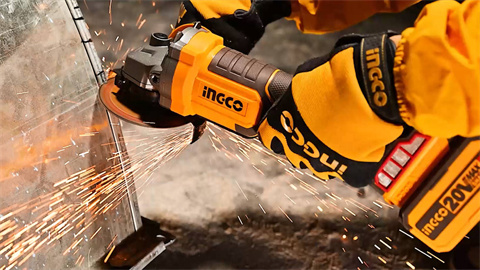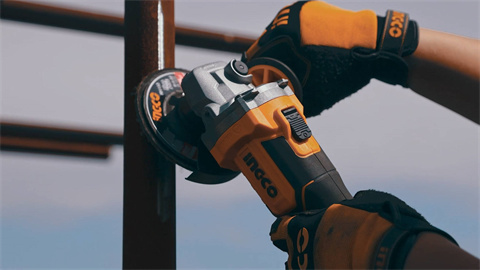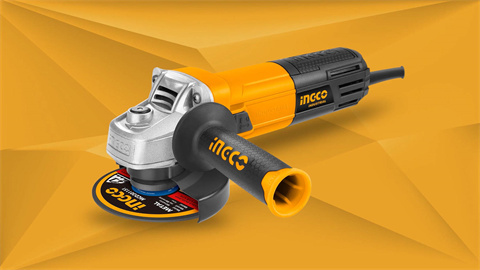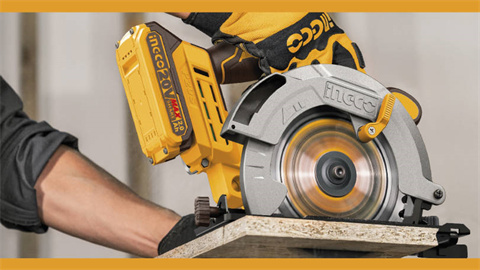Unlock the Power of Your Angle Grinder: Can Angle Grinder Cut Steel
When it comes to metalworking, one common question is: can angle grinder cut steel? Angle grinders are versatile tools widely used for various cutting and grinding tasks, including metal cutting. Equipped with the right cutting disc, an angle grinder can efficiently cut through steel. This article will guide you through the reasons why an angle grinder is a preferred tool for cutting steel, and the step-by-step process to ensure a clean and precise cut. Understanding the capabilities and proper usage of an angle grinder can enhance your metalworking projects significantly.
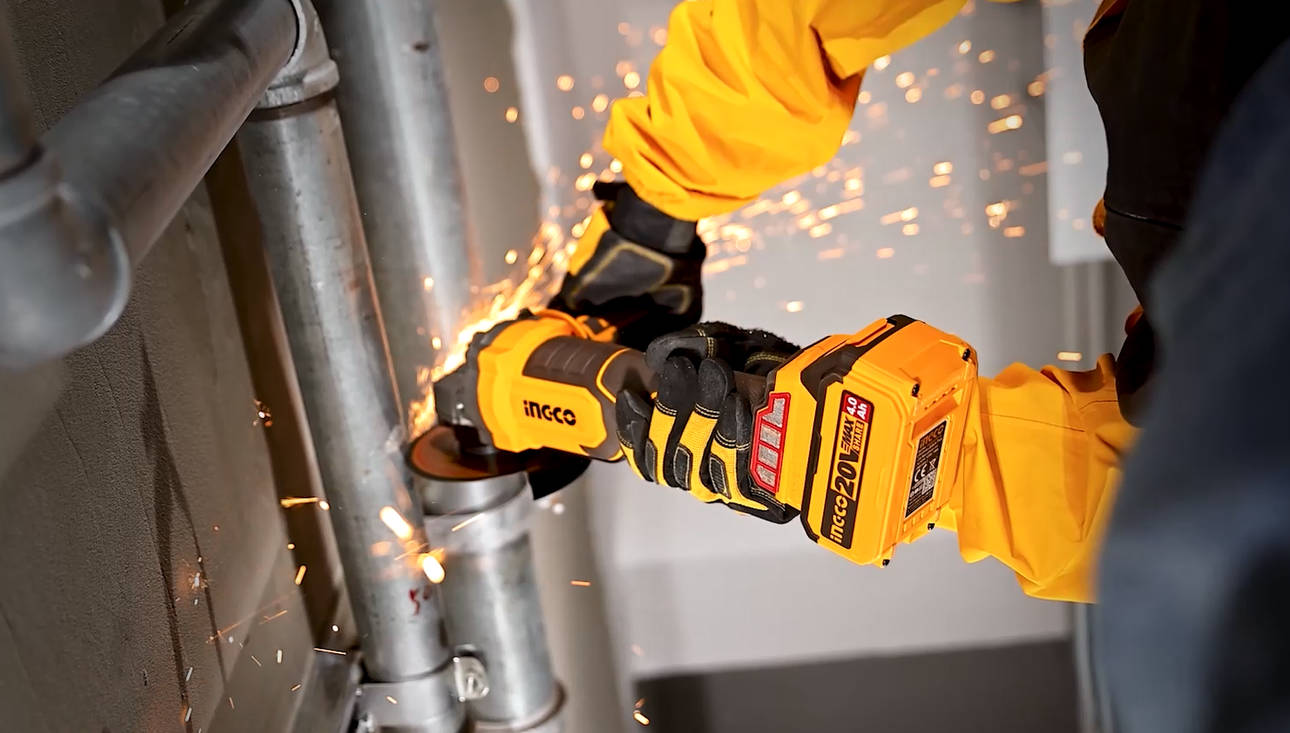
Can Angle Grinder Cut Steel?
Angle grinders, when fitted with the correct cutting disc, can effectively cut through various steel forms, including plates, rods, and bars. The effectiveness of an angle grinder in cutting steel largely depends on selecting a disc that is specifically designed for metal cutting tasks. It’s important to operate the grinder at the manufacturer-recommended speed and maintain the optimal angle for cutting, which enhances precision and reduces wear on the tool.
Why Should I Use an Angle Grinder to Cut Steel?
Choosing an angle grinder for steel cutting offers significant advantages over older, more labor-intensive methods. The power and speed of an angle grinder make it ideal for jobs requiring swift completion. When considering what is the use of angle grinder, it’s clear that unlike manual saws that require substantial physical effort and torches that may alter the steel's properties through excessive heat, angle grinders cut cleanly and efficiently.
This results in smoother edges and minimal burring, reducing the need for subsequent grinding or sanding. Consequently, using an angle grinder can lead to a considerable reduction in overall project time and effort, enhancing productivity and work quality.
.jpg)
How Do I Cut Steel with an Angle Grinder?
Following these steps allows you to effectively and safely cut steel using an angle grinder. Proper technique and precautions ensure efficient and secure operation.
- Safety First: Wear appropriate protective gear, including heavy-duty gloves, safety goggles, ear protection, and protective clothing to safeguard against sparks, debris, and noise.
- Prepare Your Material: Secure the steel piece firmly using clamps or a vise on your work surface to stabilize it during cutting and maintain control over the angle grinder.
- Choose the Right Disc: Opt for a metal cut-off wheel for most steel cutting tasks or a diamond blade for durability and precision, especially when considering what size angle grinder to cut bricks. Ensure the disc is suitable for your grinder’s speed and in good condition.
- Set the Correct Angle: Position the angle grinder at a 45-degree angle to the steel’s surface to optimize cutting efficiency and reduce disc wear.
- Cut Through the Steel: Start the grinder, reach full speed, and then gently guide the disc through the steel with steady, light pressure along the marked line, avoiding excessive force to prevent kickback.
- Manage Heat and Friction: Monitor for excessive heat and sparks. Pause cutting if necessary to allow the metal and disc to cool, preventing damage and maintaining the integrity of the steel.
- Finish the Cut Smoothly: Support the cutoff piece as you complete the cut to avoid bending the steel or pinching the disc, reducing the risk of accidents.
Common Mistakes When Cutting Metal with an Angle Grinder
Using an angle grinder to cut metal can be efficient and precise, but several common errors can compromise the safety and quality of your work:
- Inadequate Safety Gear: Failing to wear proper safety equipment is a critical oversight. Always use gloves, goggles, and hearing protection to safeguard against sparks, debris, and noise.
- Incorrect or Worn Disc: Utilizing a disc not suited for metal or continuing to use a disc that's deteriorated can lead to poor performance and potential hazards. Always match the disc type to the material and ensure it's in good condition.
- Excessive Force: Applying too much pressure on the grinder can cause the disc to overheat and wear out quickly. It can also lead to warping or weakening of the metal. Let the tool do the work; apply a gentle, steady pressure for the best results.
- Improper Securing of the Material: Not clamping down the metal firmly can cause it to shift during cutting, increasing the risk of accidents and resulting in jagged or uneven cuts. Secure the steel thoroughly to your work surface before beginning your cut.
Conclusion
Can angle grinder cut steel? Yes, an angle grinder is a powerful and versatile tool that can effectively cut through steel when used correctly. By adhering to safety measures and allowing the tool to work at its own pace, you can achieve precise and efficient cuts. Avoiding common pitfalls will further enhance your cutting experience. Whether you are a professional or a DIY enthusiast, understanding these guidelines will help you make the most of your angle grinder, ensuring successful and safe metal cutting projects.
FAQs
Which angle grinder and cutting disc do I need to cut steel?
A 4.5-inch angle grinder equipped with a 1mm thick cutting disc specifically designed for metal is an excellent choice for most steel cutting tasks. This combination offers the right balance of power, precision, and control, making it suitable for a variety of metalworking projects.
What size angle grinder to cut bricks?
For cutting bricks, a 9-inch angle grinder is typically recommended because its larger disc size allows for deeper and more efficient cuts. This makes it ideal for handling the thicker, more substantial material that bricks are made of, ensuring precise and effective results.
How to cut concrete with angle grinder?
To cut concrete, use a 9-inch angle grinder equipped with a diamond-tipped blade. Maintain a steady grip and carefully follow the marked line, applying consistent pressure throughout the cut. Always wear appropriate safety gear, including gloves, safety glasses, and a dust mask, to protect yourself.
